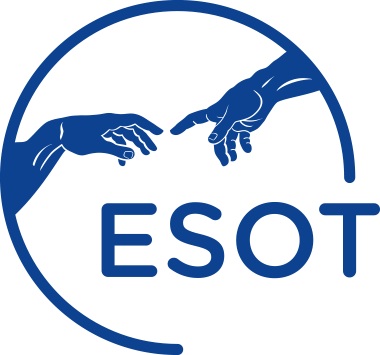- Photodermatology, Photoimmunology & Photomedicine. 2001 Apr; 17(2):79-82.
- Abstract
- Pubmed Link
BACKGROUND: Acute renal allograft rejection contributes to patient morbidity. Standard immunosuppressives are only partially effective and have significant side effects. Extracorporeal photopheresis (ECP) has been effective in reversing the acute rejection process. T cell cytokine expression is implicated in rejection and tolerance but actual changes in the cytokine profile of ECP-treated individuals have not been documented. METHODS: ECP was administered to a patient with acute renal allograft rejection resistant to other immunosuppressives. Enzyme-linked immunosorbent spot (ELISPOT) assay was performed to determine the frequency of mitogen-induced cytokine-producing cells before and after ECP. RESULTS: ECP resulted in resolution of rejection; serum creatinine concentration fell from 7.1 to 2.2 mg/dl; ELISPOT revealed a three-fold increase in the frequency of IL-5 producing cells; IFN-gamma:IL-5 ratio shifted from 2.73 pre-treatment to 1.01 post-treatment. CONCLUSION: Effective therapy of acute allograft rejection with ECP alters the peripheral blood cytokine profile towards "type 2" cytokines, suggesting that alteration of T cell cytokine profiles may contribute to the resolution of the process.
BACKGROUND:
There is no standard definition for “HLA incompatible” transplants. For the first time, we systematically assessed how HLA incompatibility was defined in contemporary peer-reviewed publications and its prognostic implication to transplant outcomes.
METHODS:
We combined 2 independent searches of MEDLINE, EMBASE, and the Cochrane Library from 2015 to 2019. Content-expert reviewers screened for original research on outcomes of HLA-incompatible transplants (defined as allele or molecular mismatch and solid-phase or cell-based assays). We ascertained the completeness of reporting on a predefined set of variables assessing HLA incompatibility, therapies, and outcomes. Given significant heterogeneity, we conducted narrative synthesis and assessed risk of bias in studies examining the association between death-censored graft failure and HLA incompatibility.
RESULTS:
Of 6656 screened articles, 163 evaluated transplant outcomes by HLA incompatibility. Most articles reported on cytotoxic/flow T-cell crossmatches (n = 98). Molecular genotypes were reported for selected loci at the allele-group level. Sixteen articles reported on epitope compatibility. Pretransplant donor-specific HLA antibodies were often considered (n = 143); yet there was heterogeneity in sample handling, assay procedure, and incomplete reporting on donor-specific HLA antibodies assignment. Induction (n = 129) and maintenance immunosuppression (n = 140) were frequently mentioned but less so rejection treatment (n = 72) and desensitization (n = 70). Studies assessing death-censored graft failure risk by HLA incompatibility were vulnerable to bias in the participant, predictor, and analysis domains.
CONCLUSIONS:
Optimization of transplant outcomes and personalized care depends on accurate HLA compatibility assessment. Reporting on a standard set of variables will help assess generalizability of research, allow knowledge synthesis, and facilitate international collaboration in clinical trials.


